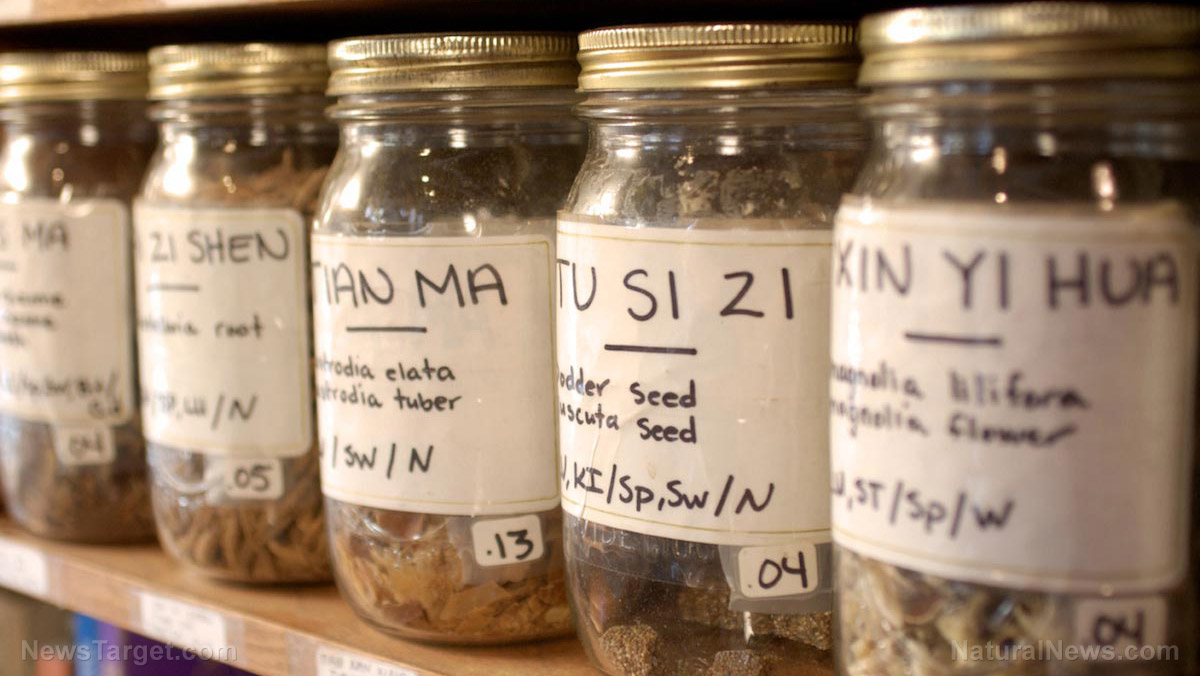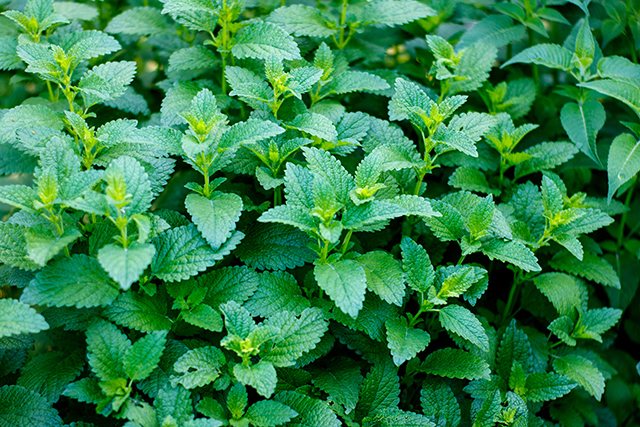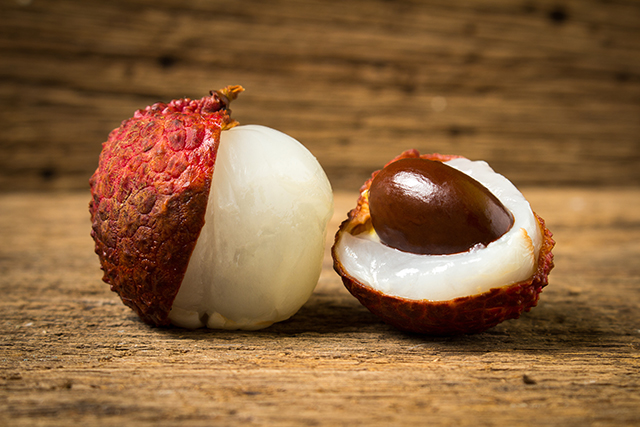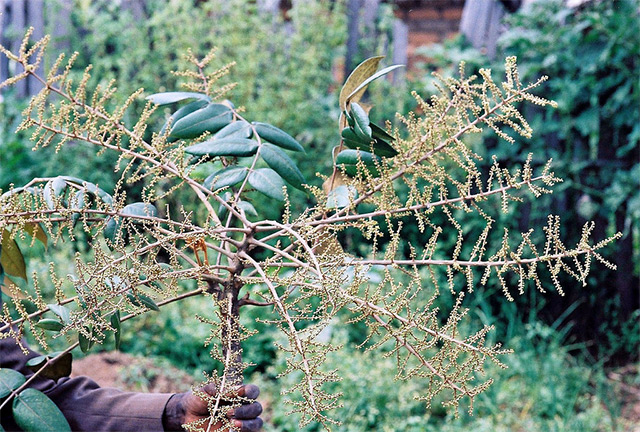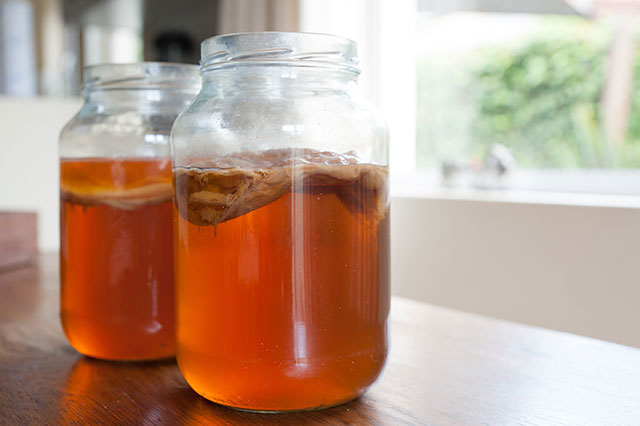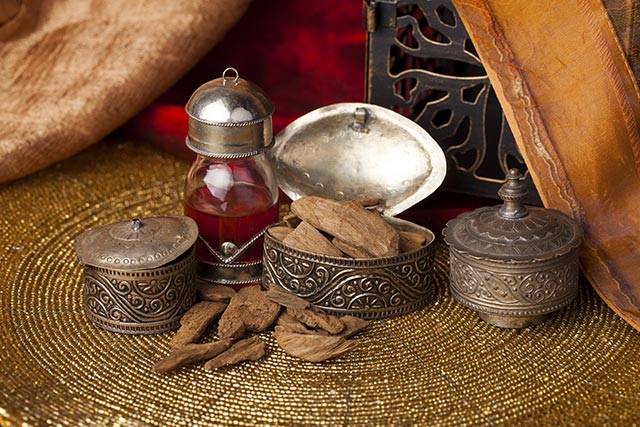A small tree from the witch hazel family can be used to promote wound healing and prevent bacterial infections
11/07/2018 / By Ellaine Castillo

With the emergence of microbial species resistant to antimicrobial drugs, the search for alternative sources of antibacterial and antifungal compounds has become a top priority. Researchers from Quad-i-Azam University proposed that the leaves of Parrotiopsis jacquemontiana (Decne) Rehder are potential sources for potent antibacterial and antifungal agents that the world needs.
Infectious diseases, which are caused by bacteria, fungi, and viruses, are the leading causes of death worldwide. Diseases under this category are easily transmittable from person to person, from animal to person, or any other type of exposure. This is why infectious diseases are so widespread even though there are antimicrobial drugs available for their treatment and prevention. Aiding to to the prevalence of infectious diseases, is the emergence of microbial species that are resistant to commonly used antimicrobial drugs. This causes mortality rates and medical costs to increase since treatments have become less accessible and more complex.
P. jacquemontiana is plant species commonly found in Pakistan. Leaves and stem extracts from this plant have been used as traditional medicine for treating wounds and skin infections. This is why it is hypothesized that P. jacquemontiana has potential antibacterial property. For wounds to heal, there should be no harmful bacteria present, which is why antibiotics are either applied on the infected area or ingested. Otherwise, wound infections can occur due to bacterial invasion. Although P. jacquemontiana is used as a traditional antibiotic, no studies have been published regarding the biological activities of this plant.
In this study, which was published in BMC Complementary and Alternative medicine, the researchers looked at the effects of P. jacquemontiana leaf extracts on clinical multi-drug resistant bacterial strains, as well as different fungal strains. A total of 19 bacterial strains and eight fungal strains were used. They evaluated antibacterial and antifungal activities based on minimum inhibitory concentration (MIC) and minimum bactericidal/fungicidal concentration (MBC/MFC). MIC refers to the lowest concentration needed for inhibition of microbial growth while MBC and MFC refer to the minimum concentration for bacteria and fungi to be eliminated. Results show that even at low doses of leaf extracts, potent antibacterial and antifungal activities can be observed.
In addition to this, the phytochemical content of P. jacquemontiana leaf extracts was also determined. Qualitative phytochemical analyses revealed the presence of various bioactive compounds, including alkaloids, flavonoids, phenols, saponins, and tannins. Subsequent quantitative analyses also led to the same observations.
From this study, it can be concluded that P. jacquemontiana leaf extracts possess potent antibacterial and antifungal properties, which can be attributed to the presence of different phytochemicals. Its strong bioactivity makes it a potential alternative for commercial drugs since these have lost their effectiveness against microbial species that have developed multiple drug resistance. (Related: Antimicrobial resistance: what you need to know, and how to keep yourself protected.)
Natural antibiotics
Aside from P. jacquemontiana, the following also exhibit antibacterial activity:
- Honey — Honey has long been used as an antibiotic. It owes its antibacterial activity to its natural hydrogen peroxide content. In addition to this, it also has high sugar content that inhibits bacterial growth and low pH level, which leads to the dehydration and consequent death of bacteria.
- Myrrh — Studies have shown that myrrh extracts have the ability to kill common bacteria, such as E. coli, Staphylococcus aureus, and Pseudomonas aeruginosa. In addition to these, myrrh extracts can also kill Candida albicans, which is a species of fungi.
- Thyme — Essential oils derived from thyme are common ingredients of natural household cleaners. According to previous studies, thyme essential oil is effective against antibiotic-resistant bacteria. It is important to not that thyme essential oils cannot be taken by mouth, they can only be used for external purposes.
Learn more about the antimicrobial potential of Parrotiopsis jacquemontiana (Decne) Rehder by visiting Herbs.news today.
Sources include:
Tagged Under: antibiotic resistance, Antimicrobial, bacteria, bacterial infection, fungal infection, Fungi, herbal medicine, infectious diseases, Leaves, multiple drug resistance, natural antiobiotics, natural cures, natural remedies, skin infections, wounds


